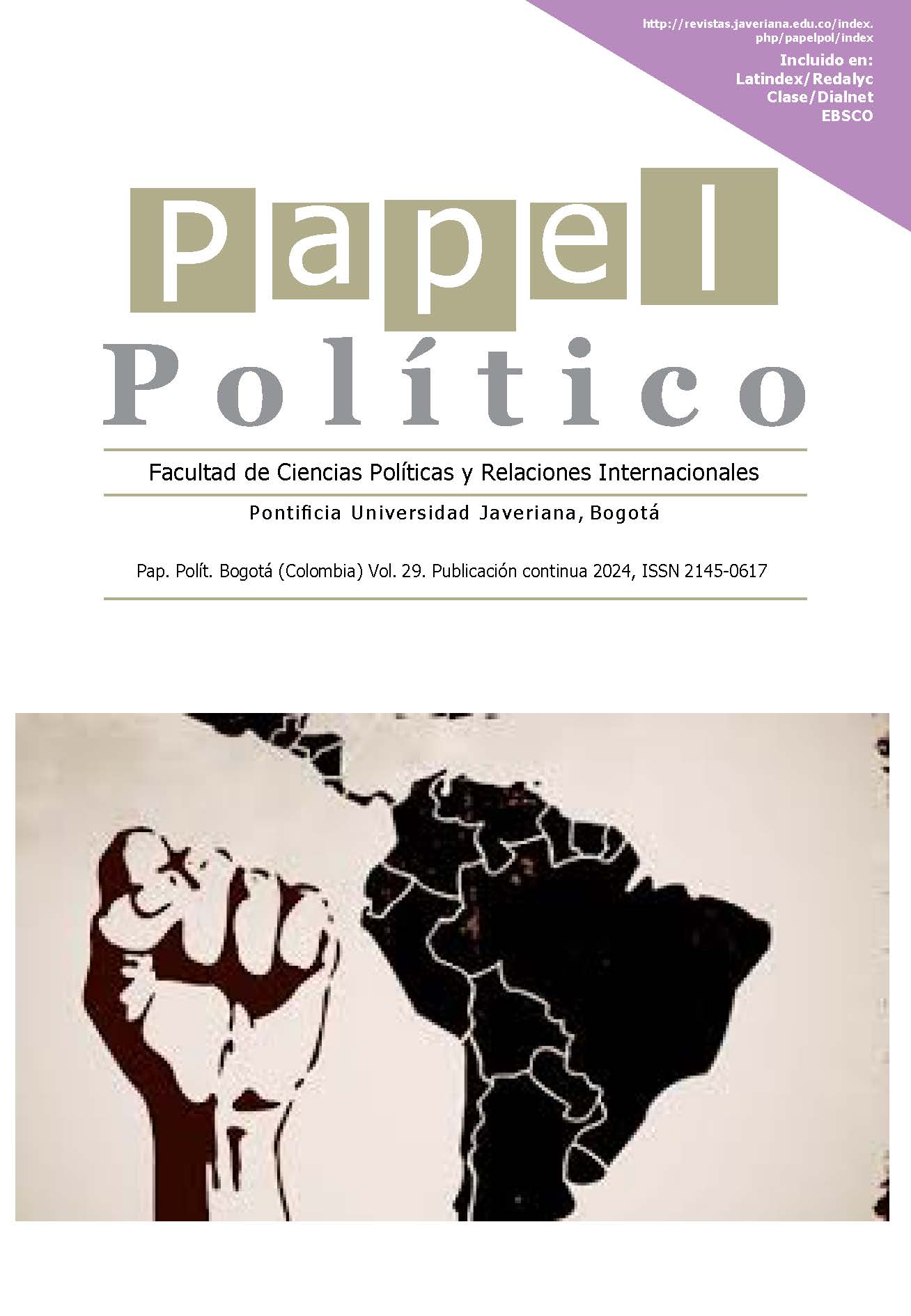Abstract
The objective of this article is to analyze the way in which the microlocal community social order of the state of Tlaxcala is currently intertwined with its municipal political order and recognition of indigenous rights. There is a community complex in this state of the Mexican Republic that is not visible due to the absence of an indigenous movement that has claimed it. In political-administrative terms, this community complex is relatively crystallized in the sub-municipal political figures of the community presidencies, whose powers are defined in the state municipal organic law, among which it stands out to have a voice and vote in the council assemblies. In this way, the structure of the Tlaxcalan municipal council of our days includes councilors of the relative majority, of proportional representation and of the town or community. The work, then, strives to identify and recognize the possibilities and weaknesses of this institutionalized communal structure within the Tlaxcalan municipalities. The methodology used was qualitative, consisting of a critical review, content analysis, as well as the contrasting of sources at three levels: theoretical, institutional, historical-contextual, and local experiences.

This work is licensed under a Creative Commons Attribution 4.0 International License.
Copyright (c) 2024 Miriam Zarahí Chávez Reyes, Sergio Alejandro Pérez


